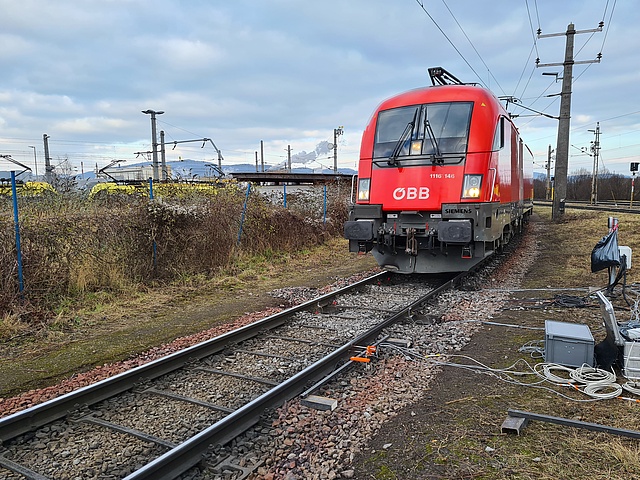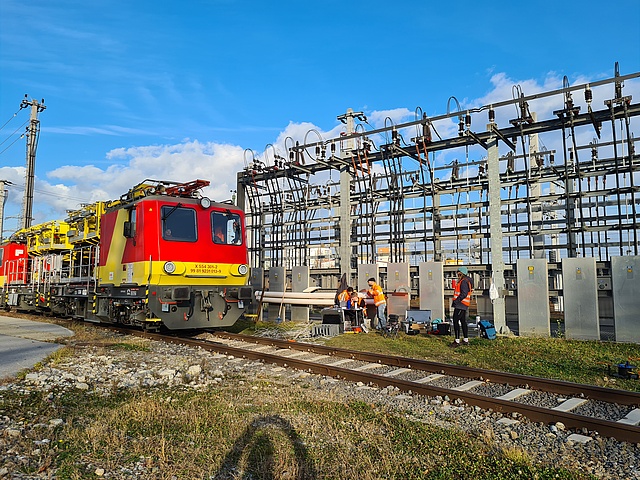

Kontakt
Institut für Eisenbahn-Infrastrukturdesign
Inffeldgasse 25F/I
A-8010 Graz
+43 316 873 35081
rid@tugraz.at
linkedin


Institut für Eisenbahn-Infrastrukturdesign
Inffeldgasse 25F/I
A-8010 Graz
+43 316 873 35081
rid@tugraz.at
linkedin